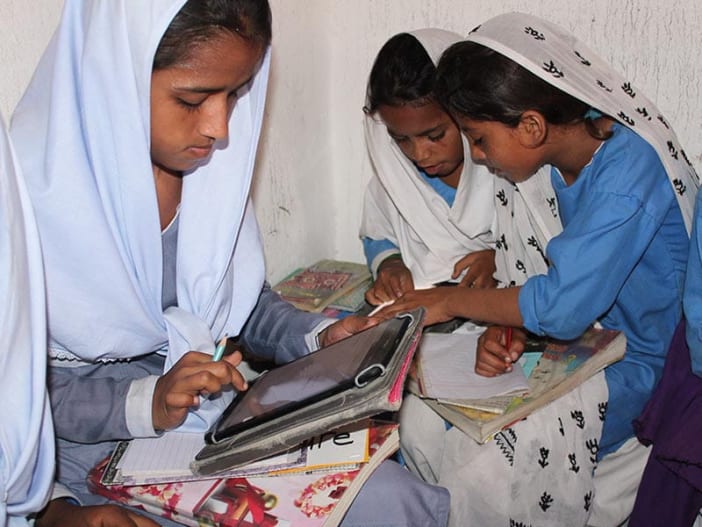Patrick lives in Western Kenya in a remote village with no electricity or landline telephone. His home, which he also uses as an office, is very simple, but he is able to use up-to-date technologies. He produces KiSwahili translations of development publications for a website.
Patrick uses a 12 volt car battery with an inverter which increases the power supply from 12 volts to 240 volts – the equivalent of mains power. He runs a laptop computer, printer and mobile phone from this. The battery lasts four to five days and he then gets it recharged in a nearby shop. He has a dial-up connection between his mobile phone and laptop and uses Bluetooth wireless technology. This means he can use his mobile phone connection to access the internet on his laptop. He finds this is much cheaper than using internet cafes. Eventually he hopes to be able to afford a solar panel to charge his car battery at home. Patrick provides a great example of how people in a remote area can benefit from technology.
Patrick Bunyali Kamoyani, Western Kenya Email: [email protected]
Mobile phones to save lives
In Orissa, India, few people have home telephones. Landlines either never reached the rural areas of this region, or were destroyed by terrorist groups. However, it is common to see people using mobile phones. A local organisation called TREAD (Trinity Rural Educational Association for Development) have a vision for developing healthcare in the rural areas using this new technology.
In remote areas many people die unnecessarily because they have no access to medical care. TREAD’s vision is for each village in the area to have one local person trained in primary healthcare, and equipped with a mobile phone. They would be able to deal with many common health questions and also bring hygiene education to the village. When an emergency arose that was too complicated for their skills, they could contact the nearest health centre by phone and have an ambulance sent out immediately, to bring essential medicines or to take the sick person back to the health centre.
Many lives could be saved using this technology.









